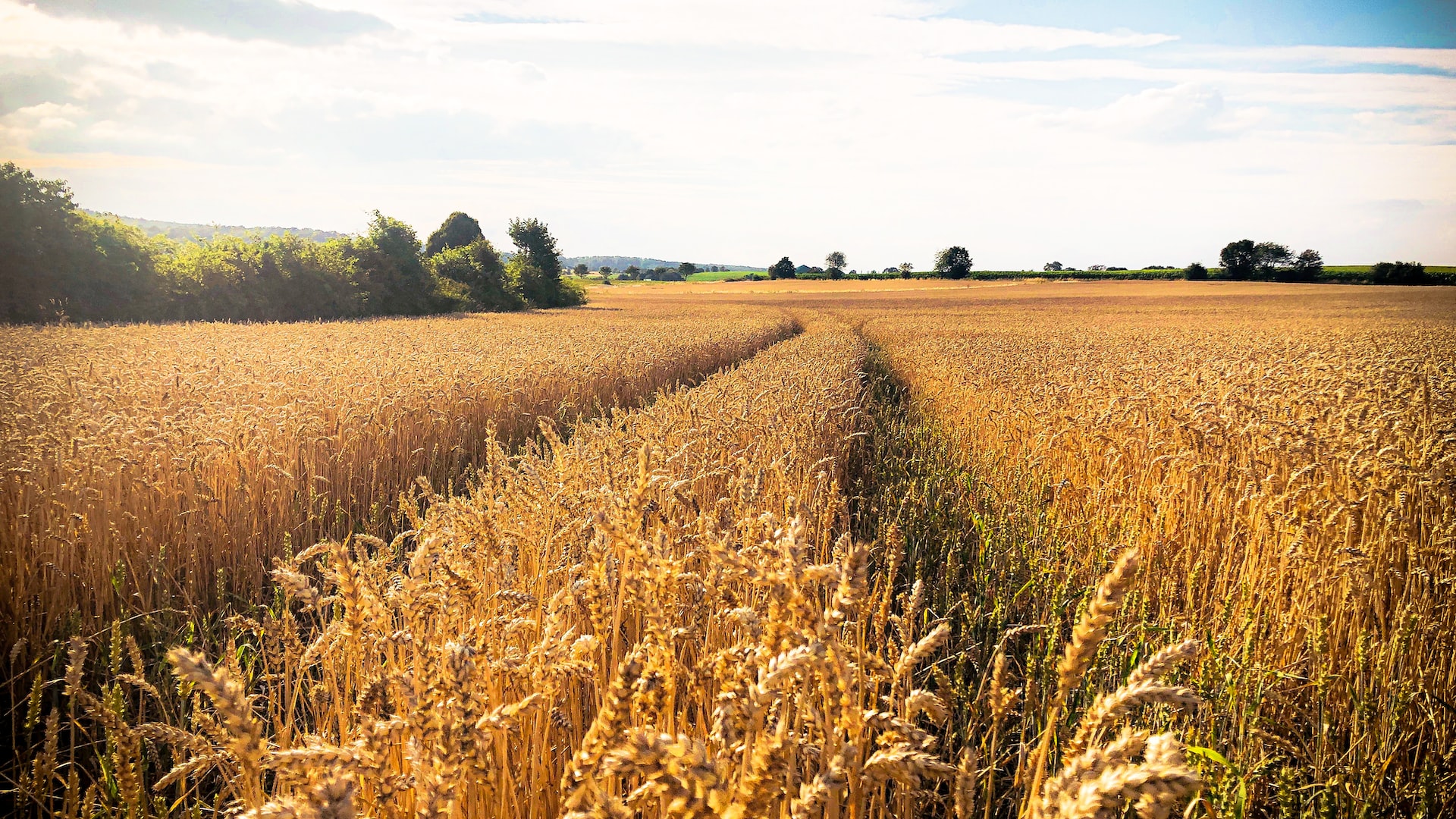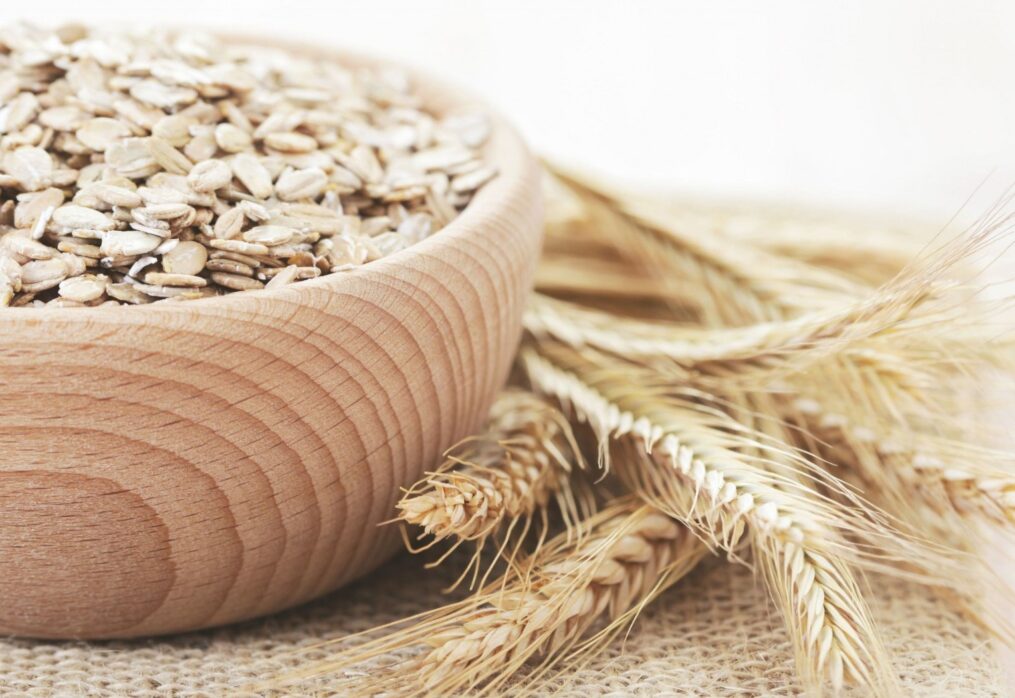Australia predicts a shortage of high-protein wheat
Australia predicts a shortage of high-protein wheat
Eastern Australia, which is the center of grain cultivation, has been significantly affected by prolonged rains this season. As a result, experts expect a shortage of wheat, especially varieties with high protein content. This situation makes the commodity markets anxious, a number of traders have already increased the grain supply from Canada, which has a protein concentration of 12%.
Analysts say farmers in New South Wales and Victoria should expect the most enormous losses. The crop forecast here is reduced, and the quality of wheat will also be worse than last season’s harvest. The main problem for the region was the floodwaters in October, which flooded the fields. The weather that has prevailed in Australia this year is described by local farmers as a wet drought. The fact is that large amounts of precipitation are just as bad for the quality and volume of crops as the lack of rainfall.
Trader Chaslau Koniukh considers that wheat production in Australia can already be called unprofitable. Farmers invest a lot of money before the start of the sowing season to prepare fields, till, and fertilize. Prolonged heavy rains ruined the crops and washed them away, causing serious financial damage. In addition, before the intervention of weather disasters, analysts predicted a record wheat harvest in Australia, as there were all preconditions for it — serious preparation and an increase of areas under crops. It should be noted that the rains caused damage not only to wheat producers but also to other farmers. According to the association GrainGrowers, farmers planned to harvest 60 million tons of crops this season. However, about 20 million tons of grain are grown on crops that were subject to flooding. It is still difficult to speak about the exact figure of losses, but they will be tangible for export supplies.
It should be noted that the rains caused damage not only to wheat producers but also to other farmers. According to the association GrainGrowers, farmers planned to harvest 60 million tons of crops this season. However, about 20 million tons of grain are grown on crops that were subject to flooding. It is still difficult to speak about the exact figure of losses, but they will be tangible for export supplies.
In the fields, where the yield was supposed to be 4.5 tons per hectare, experts note the appearance of diseases on the grain — stripe, and rust. At the same time, the use of agricultural preparations to neutralize the problem is still impossible, as the soil remains wet. The original forecast of wheat production in Australia was 30.3-30.5 million tons, which was to become a record figure. The impact of rust further aggravates the situation. The disease leads to lower grain quality — it becomes hollow.
So far, the experts’ main hope is for crops in Queensland. They hope that at least 50% of the total crop will have a high protein content — from 11%. This will make up for losses in other regions. So far Australia is exporting wheat from the previous harvest.
